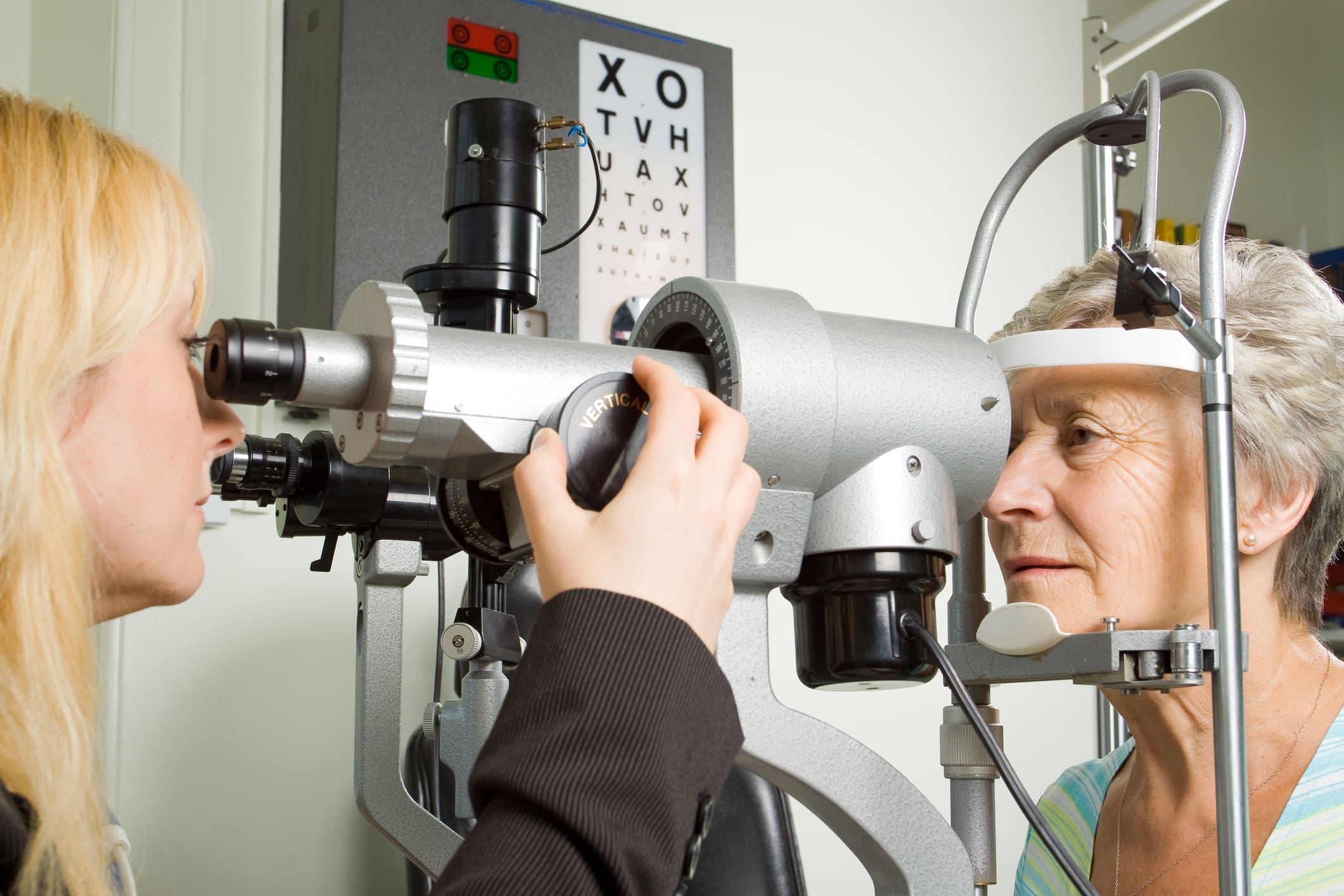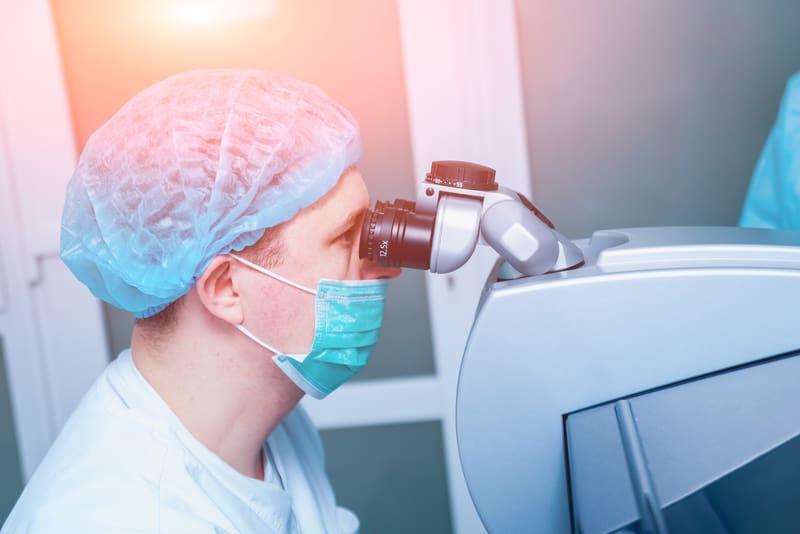Laser-assisted in situ keratomileusis, commonly known as LASIK, stands as a beacon of modern medical…

Impact of Low Vision on Daily Life and How to Treat It?
Low vision is a condition that affects millions of people worldwide. It can make it difficult to perform daily tasks, maintain relationships, and pursue education or employment. However, with the right treatment and strategies, individuals with low vision can learn to adapt and thrive. We will explore the impact of low vision on daily life and some of the ways it can be treated.
Reading and Writing
One of the most common challenges associated with low vision is reading and writing. Small print and low contrast can make it difficult to read books, newspapers, or even prescription bottles. Writing can also be a challenge, as it can be hard to see the lines on a page or the keys on a keyboard. To address these challenges, individuals with low vision can try using assistive technology like magnifying glasses, screen readers, or large-print materials.
They can also experiment with different lighting and contrast settings to find what works best for them. Finally, individuals can work with an occupational therapist to develop strategies for increasing their reading and writing skills. With the proper assistance, low vision does not have to be a barrier to literacy.
Socializing and Relationships
Low vision can also impact an individual’s social life and relationships. It can be difficult to recognize faces, read body language, or participate in group activities. However, there are strategies that can help. For example, individuals with low vision can try sitting closer to the people they are talking to, using cues like voices or clothing to identify them.
They can also try joining groups or clubs for people with low vision, where they can meet others who understand their challenges and share similar interests. Technology can also play a role in maintaining relationships. For example, audio and video conferencing applications can help individuals with low vision stay connected with friends and family members.
Treating Low Vision
While there is no cure for low vision, there are several treatment options available. Optical devices like glasses or contact lenses can sometimes help improve vision in individuals with low vision. Some medical conditions that cause low vision can be treated with medications, such as injections for macular degeneration. Vision rehabilitation programs use exercises and techniques to help individuals with low vision make the most of their remaining vision. This may include training on how to use assistive devices, learning new strategies for performing daily tasks or receiving counseling or emotional support. Low vision specialists can provide advice and guidance to help individuals with low vision find the treatment that best meets their needs.
For example, they may recommend visual aids such as magnifiers or specialized lighting techniques. In some cases, surgery or a transplanted cornea may be an option for people who have certain types of eye diseases causing their low vision.
Low vision can have a significant impact on an individual’s daily life, but with the right treatment and strategies, individuals with low vision can learn to adapt and thrive.
If you’re experiencing issues with low vision in your daily life, contact Jenkins Eye Care.



